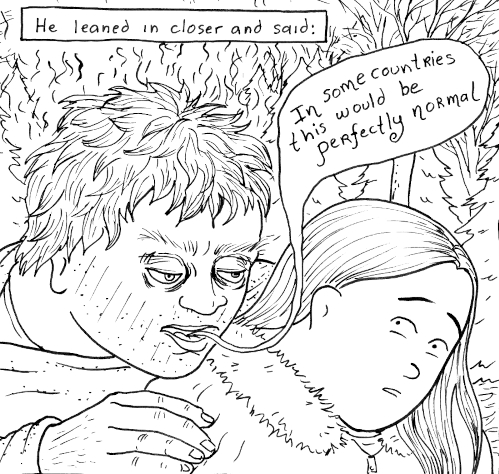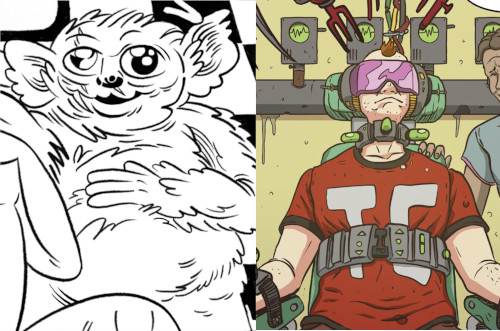
This week, an interview with Tessa Hulls, author of the graphic memoir Feeding Ghosts. It’s about her Chinese grandmother’s persecution by Chairman Mao’s government, the mental illness that resulted, the effect that had on Tessa’s mother and then on Tessa herself. It’s about Chinese history, trauma, psychology, family relationships, and more. Tim interviews Tessa about the book and how she learned to make comics, and then Emmet joins Tim to review the book.
Brought to you by:
Podcast: Play in new window | Download


 Openly discussing being sexually abused, particularly if it was during childhood, is not easy.
Openly discussing being sexually abused, particularly if it was during childhood, is not easy. 





